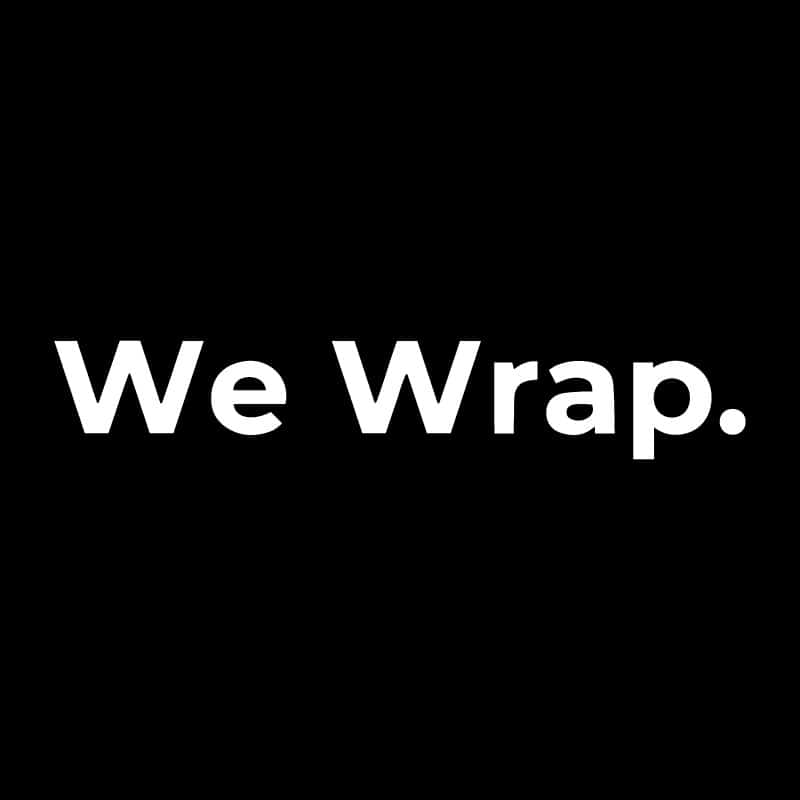The kitchen is the heart of the home, and cabinet aesthetics play a significant role in defining its style. If you’re looking to give your kitchen a facelift without the cost and commitment of a full remodel, Kitchen Cabinet Wrapping is a fantastic option. Let’s explore the materials commonly used to wrap kitchen cabinets, transforming them into stunning focal points of your culinary haven.
1. Vinyl Wrap: The Versatile Contender
Overview:
- Material: PVC (Polyvinyl chloride)
- Features:
- Available in a wide range of colors, patterns, and textures.
- Resistant to moisture, making it suitable for kitchens.
- Durable and easy to clean, maintaining its appearance over time.
- Affordable compared to other materials.
Application:
- Vinyl wrapping involves applying thin sheets of PVC to the surface of the cabinets. This process allows for seamless coverage, even in intricate designs and patterns.
Advantages:
- Cost-Effective: Vinyl wrap is budget-friendly, making it an excellent choice for those seeking a stylish transformation without breaking the bank.
- Variety: With a vast array of colors and finishes, vinyl allows for endless design possibilities, from sleek modern looks to classic wood grain patterns.
2. Thermofoil: The Heat-Molded Marvel
Overview:
- Material: MDF (Medium Density Fiberboard) or particleboard coated with a layer of heat-fused vinyl.
- Features:
- Smooth and seamless appearance.
- Resistant to moisture and easy to clean.
- Affordability combined with a sleek finish.
Application:
- Thermofoil is created by heating the vinyl layer and molding it onto the cabinet surface, creating a uniform and durable finish.
Advantages:
- Smooth Finish: Thermofoil cabinets have a sleek, smooth appearance that adds a touch of modern elegance to the kitchen.
- Resistance: The moisture-resistant quality makes thermofoil an ideal choice for kitchens, where humidity levels can fluctuate.
3. Laminate: The Sturdy and Stylish Option
Overview:
- Material: Layers of paper or fabric soaked in resin and bonded to particleboard or MDF.
- Features:
- Durable and resistant to scratches and stains.
- Available in various patterns, colors, and textures.
- Cost-effective compared to solid wood options.
Application:
- Laminate is applied to cabinet surfaces through pressure and heat, creating a resilient and stylish finish.
Advantages:
- Durability: Laminate is known for its durability, making it a suitable choice for busy kitchens.
- Design Variety: With an extensive range of patterns and textures, laminate allows for creative customization to match any kitchen style.
4. Wood Veneer: The Natural Elegance
Overview:
- Material: Thin slices of real wood adhered to MDF or plywood.
- Features:
- Provides the genuine look of wood.
- Available in a variety of wood species.
- Adds warmth and richness to the kitchen.
Application:
- Wood veneer is applied to cabinet surfaces, showcasing the natural beauty of wood grains.
Advantages:
- Authenticity: For those who appreciate the genuine warmth of wood, veneer brings an authentic touch to kitchen cabinets.
- Customization: Different wood species and finishes provide options for a range of styles, from traditional to contemporary.
Conclusion:
Whether you’re drawn to the affordability and versatility of vinyl wrap, the sleekness of thermofoil, the durability of laminate, or the natural elegance of wood veneer, cabinet wrapping offers a myriad of possibilities. Choosing the right material depends on your budget, style preferences, and desired level of customization. Transform your Kitchen Cabinet Wrapping into stunning focal points with the material that resonates with your vision of culinary perfection.




